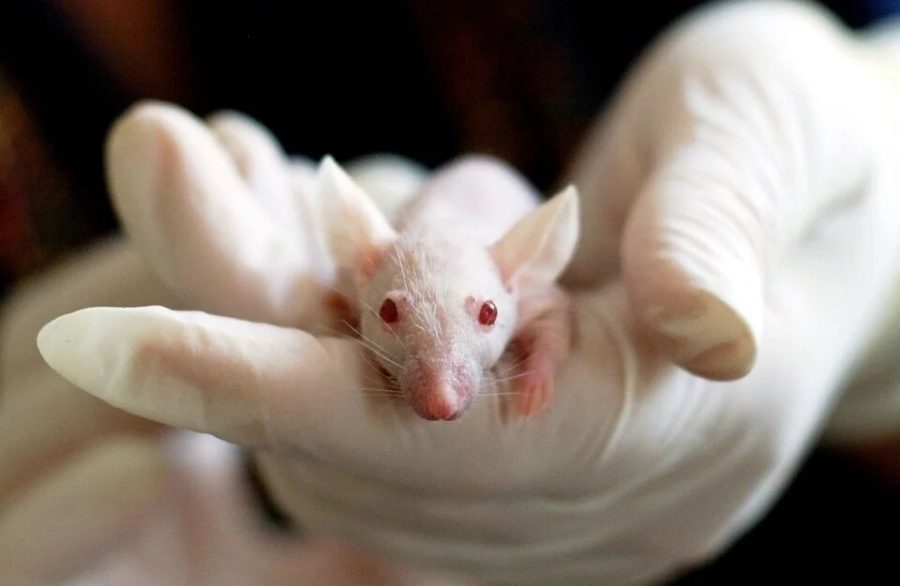Experimenting on Animals
Millions of animals are experimented on each year. But, is it ethical?
February 21, 2020
Thousands of years ago, the ancient Greeks began experimenting on animals. According to the US National Institutes of Medicine and Health, Greek physicians used animals as models of anatomy in their studies. Today, this practice continues. Animals are used to test new vaccines and cosmetics or undergo experiments for human benefits.
But is it right to harm millions of animals when there are so many flaws in the animal testing system?
According to NAVS, “Modern cosmetic testing on animals began in the 1940s due to serious injuries caused by unsafe beauty products.”
Eventually, this developed into tests for vaccines, chemicals and illnesses. These experiments are held to identify potential side effects of these products.
In the USA, most cosmetics don’t require animal testing. However, exceptions include hair dyes, certain cleaning products and antibacterial soaps. Each of these products must be tested on animals.
Over 25 million animals are used each year in research and testing. Over 90% of these animals are rats and mice.
According to NEAVS, “The Animal Welfare Act (AWA) does not cover these species (rats and mice); therefore labs do not have to report how many of these animals are being used. Some estimates place them in the hundreds of millions.”
All of these animals are tested in a variety of ways. Several common tests performed on mice, rats, rabbits and guinea pigs include irritation tests where chemicals are rubbed on shaved skin or dripped into the eyes without any pain relief. Some animals are given substances every day for two years, and some are killed to test certain body parts.
Scientists go to all of this trouble to complete harmful tests that don’t always work.
According to NEAVS, “Studies show that if you flipped a coin to guess how a human will respond to a certain drug, your prediction would actually be as accurate as if you tested the drug on a nonhuman animal.”
Even chimpanzees, humans’ closest genetic relatives, don’t serve as accurate predictors of results for humans. For example, chimps infected with HIV or AIDS show no symptoms. Chimpanzee research has failed to help scientists come up with a cure for HIV.
Some people may argue that animal testing is a better method than human testing. If I had to choose between testing a vaccine on my dog or on a friend, I would probably choose the dog. However, these aren’t the only two options. Besides animal and human testing, there are additional methods of experimentation.
According to NEAVS, scientists could use non-invasive imaging technology (MRIs and CAT scans), epidemiology (the study of human populations), human clinical studies, computer models, genetic testing methods or test tube techniques.
Each of these alternative methods can avoid burning, crippling, poisoning, and abusing millions of animals for experiments that aren’t always accurate.
Animal testing is cruel and ineffective, and it’s time we take a stand against it.






